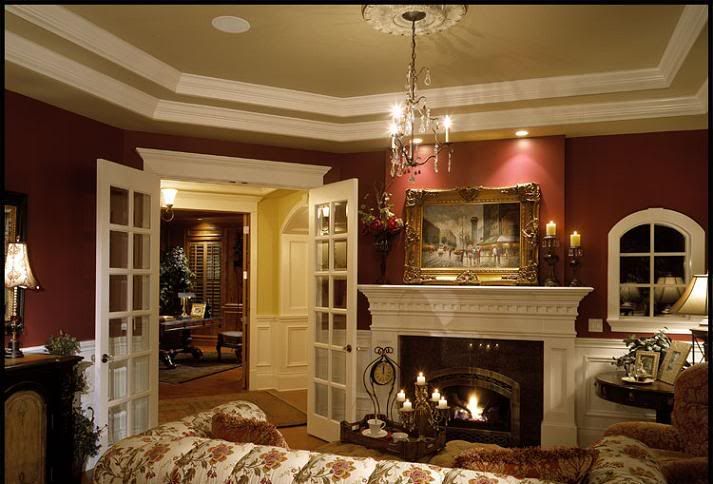Illustration: Agnes C Martin Lace border design 1896
Student work of any era can give a good indication as to the healthiness, or not, of contemporary design and the decorative arts. Although much student portfolio work becomes lost and discarded over the generations, we are lucky to have some examples saved through a system of competitions that were particularly popular during the last couple of decades of the nineteenth century and the first couple of the twentieth.
Competitions became regular features in a number of monthly art, design and decoration magazines, with two influential titles standing out in particular. The German Deutsche Kunst und Dekoration published between 1897 and 1932 was by far the best magazine available in which to chart the development of the decorative art, design and craft over that period. This was closely followed by The Studio magazine published between 1893 and 1964. It is an 1896 issue of this British magazine from which the illustrations for this article are taken.
Illustration: George Marples Lace border design 1896
The regular competitions proved particularly popular with students and colleges alike as it gave both an identity and public awareness through the readership of the magazine. It also appealed to magazine editors as it appeared as if the magazine itself was both supporting and directly interacting with colleges, students and through them the future of design art, design and decoration.
Although the entries were obviously highly vetted and edited by the magazine itself, and there were sometimes references to the poor standard of entry, on the whole the exercise proved to be both successful and informative as to the styles and design techniques that were presumed popular with students at a national level.
Illustration: L Tyler Lace border design 1896
Admittedly, not all of the entries were through educational establishments, as competition entries could be as diverse as the readership of the magazine. However, many were assocoited with specific colleges and art schools. Also interesting is the number of female entries which was encouragingly high for a period which still saw some reluctance in female educaztion, at least at college level.
Competitions took on most of the obvious interior design and decoration disciplines such as furnishing fabrics, wallpapers, stained glass, metal work, book binding and furniture. However, two of the most popular disciplines proved to be embroidery, followed to a lesser degree by lace. A fair proportion of the competition embroidery work tended to be more formulaic and somewhat unadventurous in nature, while lace was interestingly less so.
Illustration: Mary L Goodacre Lace border design 1896
Lace design with its structured history of specific regional styles, is often seen as a craft and design discipline that has limits to its use as a contemporary medium. With a general impression that the craft has little room for innovation, experimentation and general manouvrability, it is often dismissed as a craft of tradition rather than one that can face modern tampering. However, the student design work shown in this article, along with many other competition works found within The Studio, Deutsche Kunst und Dekoration and other periodicals over a time period of forty years or more, shows that much can and was conceived as being achievable within the lace craft.
It is true that not all, and perhaps very few of these design winners had their work put into production. However, they are fascinating examples of styles of decorative pattern work, many of them with a particularly contemporary feel to them. Student work is often unaffected by the constraints of financial budgeting, and although this could be said to be an unrealistic view on the students part of the true parameters of the market place, it is also true to say that the student was also not constrained by the general reluctance of both manufacturers and the retail trade into innovative aspects of design and decoration that could not guarantee a predictable profit.
Illustration: W Tyndale Lace border design 1896
While these competitions may not have necessarily raised the level of contemporary standards, they did give an indication as to what was going on inside the schools and colleges of the various nations of Europe and North America during the vital design period of the turn of the twentieth century, and the direction that those students would take when professional designers themselves.
Reference links:























No comments:
Post a Comment